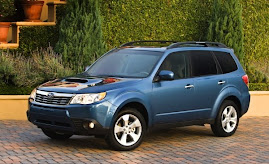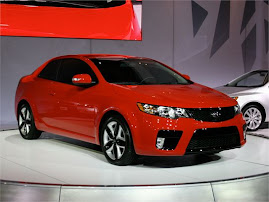
Golf VI, as the 2010 Volkswagen Golf is known to model trivia buffs, arrives a year earlier than expected and marks somewhat less of a transformation than were its four predecessors. The styling is all-new inside and out, but the chassis and running gear mostly carry over with minor tweaks, the laserlike focus of which was primarily in two areas: to improve refinement and efficiency and to lower the cost of production. We're happy to report abundant evidence of the former and little or no indication of the latter.
The sleeker styling shows off the new face of VW, as envisioned by design boss Walter Da Silva, with strong horizontal themes in the front and rear graphics. A pronounced shoulder just below the window sills catches the light and lends a butch, bulldog stance on the road. To these eyes, the overall look is about as upscale as two-box cars get, and to the wind it looks ever so slightly slipperier than before (the drag coefficient drops from 0.32 to 0.31). Elsewhere on the refinement front, heroic noise-reduction measures like thicker, acoustic glass from the B-pillar forward, better sound deadening material on the firewall, and new door seals reportedly render this the quietest Golf ever. The claimed improvement is 6 decibels less racket under the noisiest operating conditions (third gear at higher revs). The transformation is most striking on the 2.5-liter, which now shares a lot less of its unpleasant five-cylinder moan with the occupants. Icing on the cake: Despite the sound deadening measures, overall curb weights actually drop about 20 pounds.
All three U.S.-bound engines (the base 2.5-liter inline-five, the 2.0-liter clean-diesel TDI four, and the GTI's 2.0-liter turbo TSI four) receive friction-reducing measures, like switching from a belt-and-chain cam drive to chain-only drive of the cams, balance shafts and oil pump; adoption of new high-pressure die-cast pistons, and an induction-hardened crankshaft. Output levels are largely unchanged, but fuel economy notches slightly upward and in some cases the torque curves are widened (the GTI turbo's torque plateau is achieved 100 rpm earlier, at 1700 rpm). Base cars add one or two EPA city mpg based on transmission, while the DSG-equipped GTI improves by 2 city/3 highway mpg.














_(544x408).jpg)


No comments:
Post a Comment